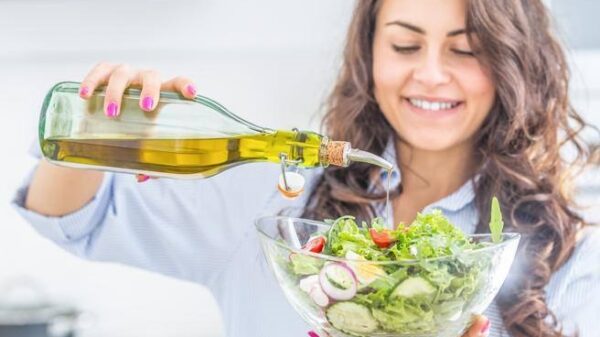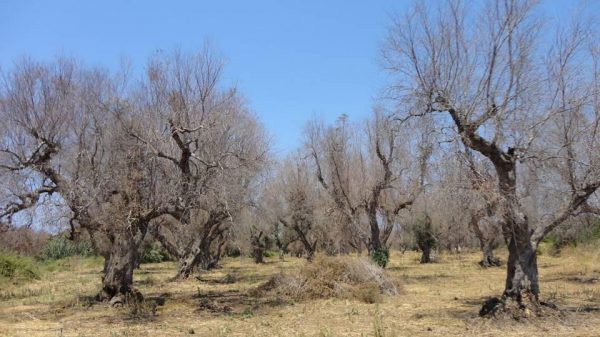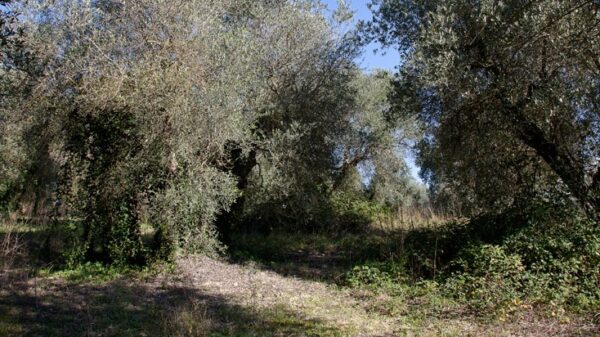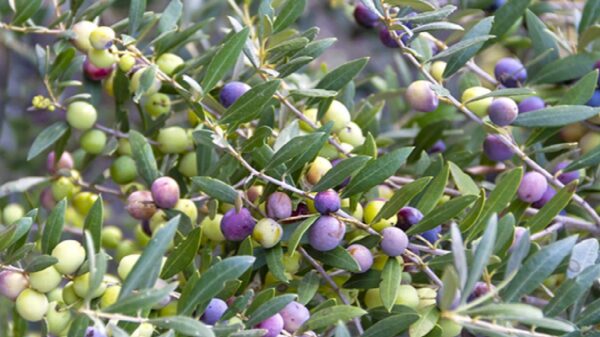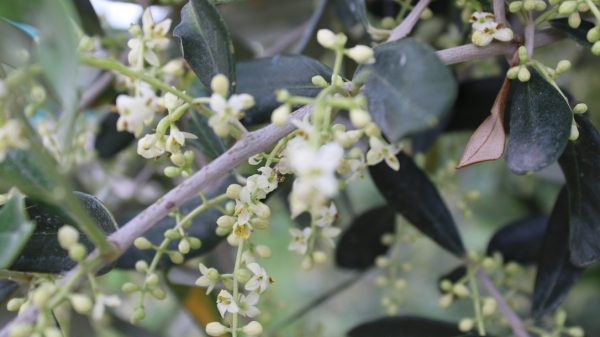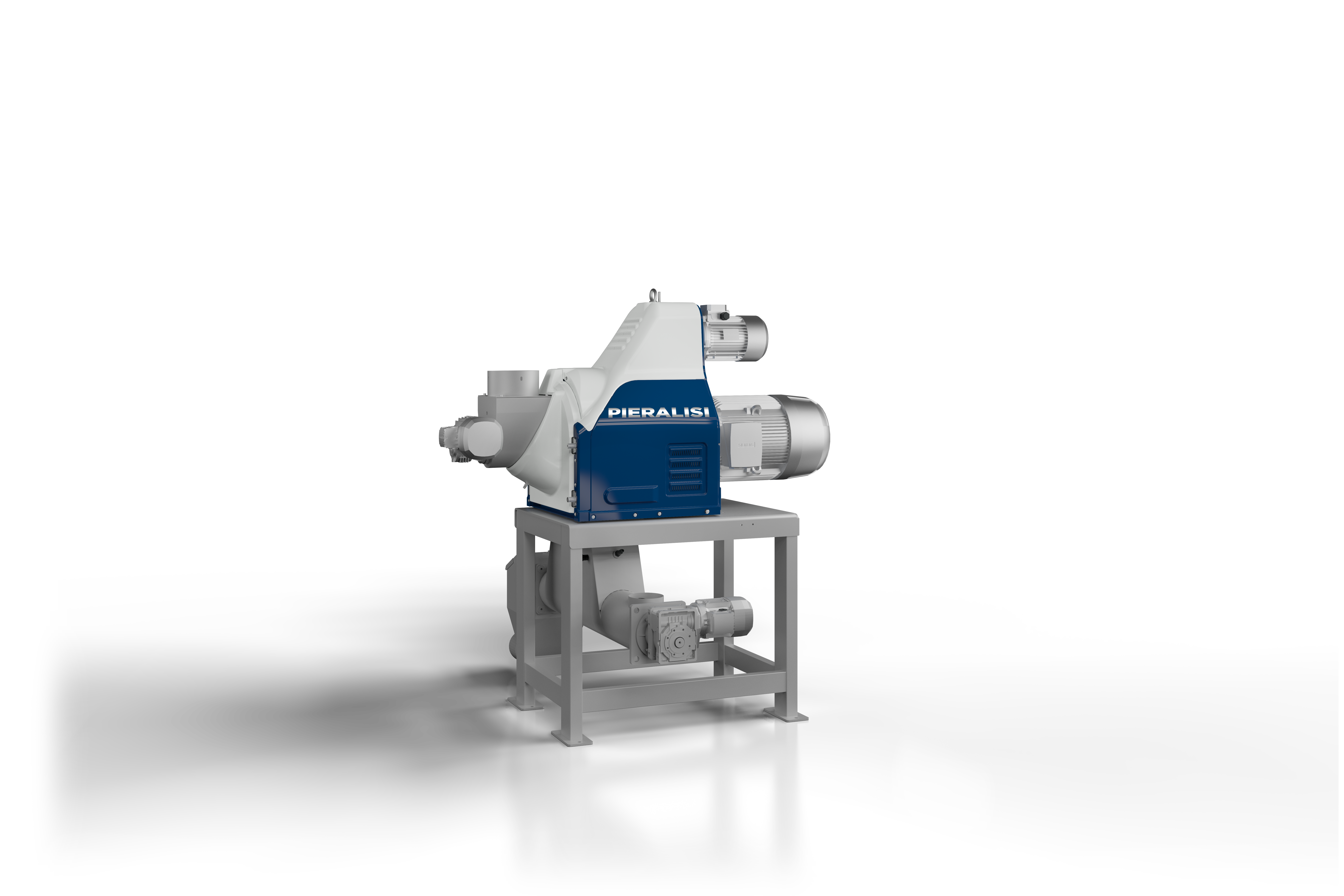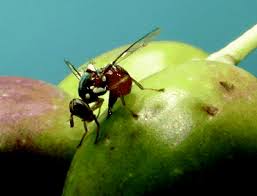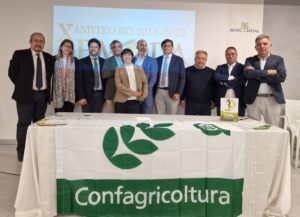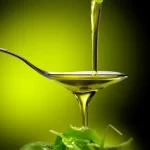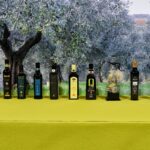Between traditional and super-intensive systems, there is a third way for profitable olive growing, respectful of biodiversity, sustainable and with mechanized harvesting. He is more and more convinced of it Tiziano Caruso, professor of olive growing at the Department of Agricultural and Food Sciences of the University of Palermo (in the picture), with 40 years of intense research behind it.
 Professor Caruso, where does this belief come from?
Professor Caruso, where does this belief come from?
“From the observation that the olive growing systems, despite the necessary specificity of Italian olive growing, which tends to produce artisanal oils, must undergo their own natural, necessary evolution. Today the new plants must certainly be made with native varieties, because this is the plus of our extra virgin olive oil. But among those available, those that enter production early should be chosen, produce a lot, consistently over the years, exclusive oils and be flexible in adapting to the type of farming and, above all, to the mechanization of the harvest”.
The result?
“The result is what I consider a reference model through an experiment that I have been carrying out for about 20 years, with a local variety selected from over 150 different genotypes that I have collected in Sicily over time. A model that can certainly be replicated in other Italian regions. There are studies by other colleagues from central Italy with native varieties that perfectly refer to this form of planting".
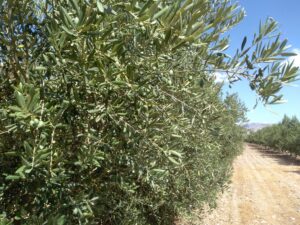
And what plant are we talking about?
"Of an intensive system with plants grown on the wall, spaced 5×2-2,5 m, i.e. with rows 5 meters apart from each other and with plants aligned along the row 2, 2 and a half meters apart from each other. Total: from 800 to 1000 plants per hectare. About fifty hectares have already been planted here in Sicily, in private companies, as commercial plants.
The variety?
“Calatina, a 100% autochthonous variety originally from the Caltagirone area. The oil is medium fruity, as well as bitter and spicy, a polyphenol content ranging from 350 to 400, oleic acid between 68 and 72%. Appreciable in the kitchen because it has intermediate characteristics between Biancolilla and Nocellara del Belice, with hints of tomato, fresh grass, almond”.
What does it mean that it goes into production soon?
“That by planting a one-year-old self-rooted plant, it begins to bear fruit the following year. In irrigation systems, at the age of eight, productions of over 200 quintals per hectare were achieved, and in the first 10 years the alternation phenomenon did not emerge. Let's say that an intensive system on the wall, in the first 10 years, gives the same quantity of olives that a system in volume, based on the vase, can supply in 20 years".
Who raises his hand, interrupting it, to tell her that the intensive goes against an agriculture that has to take into account increasingly dry land and with little water, what does he say?
“That in the environmental context of Sicily, one hectare of intensive wall climbing requires around 1.200 cubic meters of water. And we are talking about a thousand plants/ha. A pot plant, with a maximum of 400 plants, in the conditions of Sicily, needs on average 600/700 cubic meters of water per hectare to produce constantly. Not to mention that, in this second case, fruiting in the first 7/8 years is decidedly lower. I would add: precision agriculture, today being able to rely on instruments that detect the actual water needs of plants, now allow punctual irrigation , indicating if and when to give water. These are management protocols consolidated all over the world that are difficult to apply only in Italy, because often there is no widespread technical assistance service in the area".
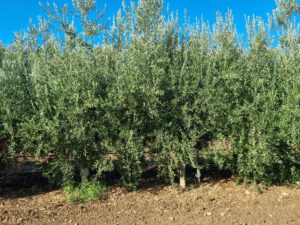 Let's go to production costs, which are the ones that affect the profitability of a plant. How mechanizable are harvesting and pruning?
Let's go to production costs, which are the ones that affect the profitability of a plant. How mechanizable are harvesting and pruning?
“The harvesting is totally mechanized and can take place both with the straddler and with a trunk vibrator. Pruning can be fully mechanized to reduce the height of the plants (topping), to mt. 2,40 to 3,50, depending on the slope of the land and the type of straddle machine available; partially mechanized, to reduce the thickness of the side walls to no more than about 1 m (hedging). This last intervention, with which we tend to remove the more robust branches that protrude towards the inter-row, cannot however be separated from a manual finishing (precision pruning) But not only…”.
What else?
“Having a width of the canopy with an overall thickness of no more than 2 metres, i.e. 1 meter for each side of the trunk, as far as phytosanitary defense is concerned, a good atomizer is often able to completely invest the plant in the treatments, without going through two sides; moreover, straddle machines are now available for defense treatments which are equipped with special nozzles to make this action even more precise and sustainable, from an environmental point of view, by limiting the drift of the phytosanitary aid ”.
A model that therefore surpasses traditional pot systems!
“Mind you, there are many traditional plants in Italy and they must be kept as they are, because they are also guardians not only of production activity, but also of biodiversity and a unique landscape that characterizes our territories. What I feel like proposing is a different model that guarantees solutions that the traditional pot plant cannot achieve: from mechanization that replaces human activity - making up for a workforce that is no longer available today - to greater productivity linked both to the number of plants per hectare, and to their early entry into production, and to the efficiency in intercepting the light having a smaller size of the foliage, arranged along a wall. In short, by perfectly combining profitability, sustainability and a quality production based on oils with exclusive organoleptic characteristics, because it is obtained from native varieties, we can set up new plants because the ones we have we know well are not in the least sufficient to meet the demand for Made in Italy oil".

